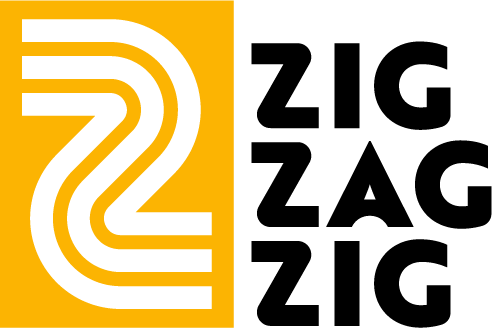In the ever-changing digital world, adaptability in graphic design is essential for staying relevant and impacting your audience. Flexibility isn’t just about the aesthetic aspect of design—it’s also about its ability to adjust to different platforms, providing users a consistent and effective experience across various contexts.
Adaptability of Graphic Design in Practice
-
Responsive designA key aspect of adaptability is ensuring that graphic design adjusts to different devices and screen sizes. Responsive design automatically adapts to fit any screen—from desktop to tablet or smartphone—providing a consistent experience for all users.
-
Modular approach in designUsing a modular design approach allows for easy adaptation to changes and updates. Modular components can be rearranged and reused to create different configurations and layouts based on requirements and platforms.
-
Social media platformsBrands need to have a flexible design that adapts to the requirements of different social media platforms. Images, graphics, and videos must be optimized to fit the dimensions and specifications of each platform.
Importanța adaptabilității pentru menținerea consistenței și relevanței
-
Menținerea identității vizuale în ciuda schimbărilorFlexibility in graphic design allows a brand to maintain its visual identity even as changes occur. Key visual elements (logo, colors, fonts) should remain recognizable and consistent, no matter the medium or context.
-
Eficiență în crearea de conținutFlexible design allows for quick adaptation of content for different campaigns, events, or promotions. This flexibility enables brands to respond swiftly to market demands and changes without compromising the consistency or quality of the design.
-
Experiența utilizatorului și importanța adaptabilitățiiThe ability to adapt to users’ needs and preferences in different contexts ensures a pleasant and effective experience, thereby building brand loyalty.



